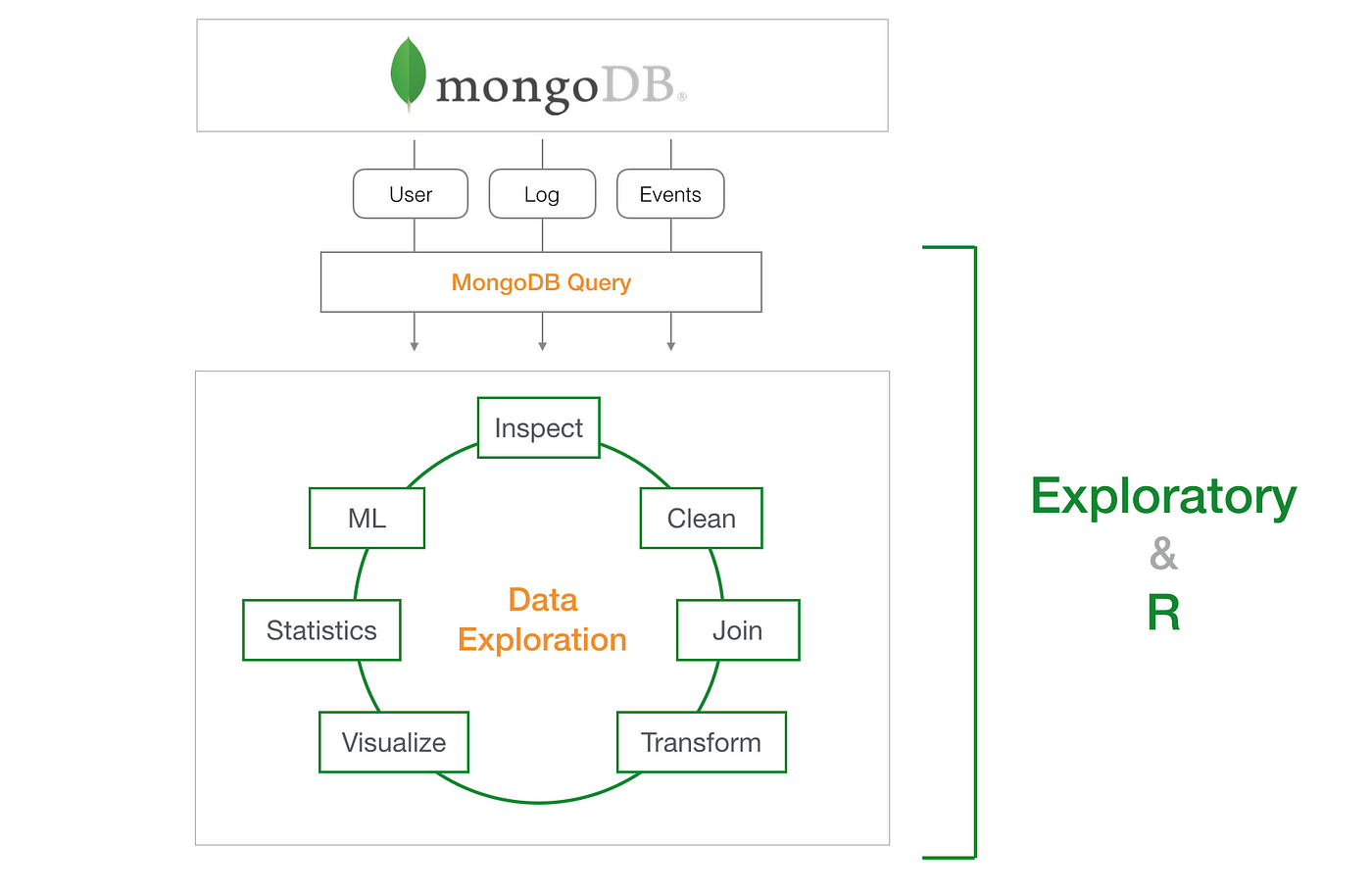Collection vs Documents
1. Introduction to the Topic
When working with NoSQL databases, especially MongoDB, the terms "document" and "collection" are frequently used. Understanding the distinction between them is crucial for designing efficient and scalable database schemas. Unlike relational databases that use tables and rows, MongoDB leverages documents and collections for storing and organizing data. In this blog, we'll explore what documents and collections are, how they relate to each other, and why understanding the difference matters for developers and data engineers.
2. Explanation
What is a Document?
A document in MongoDB is a single record in a collection, stored in BSON (Binary JSON) format. It is similar to a row in a relational database. A document contains key-value pairs and can hold arrays and nested objects.
Example Document:
What is a Collection?
A collection is a group of MongoDB documents. It is equivalent to a table in relational databases. Collections do not enforce schema (schema-less), which means documents in the same collection can have different fields.
Example Collection: users
This collection might contain the document shown above and many more user documents.
3. Procedure: Creating Document and Collection in MongoDB Compass
Let’s look at how you can create a collection and insert a document using MongoDB Compass.
Steps:
Step 1: Open MongoDB Compass and connect to your MongoDB server.
Step 2: Click on "Create Database", give it a name like UserDB and a collection name like users.
Step 3: After creating the database and collection, click on Insert Document.
Step 4: Enter a sample document as shown below and click on Insert:
Step 5: You’ll now see your document listed under the collection users.
4. Screenshots
5. Future Scope
Schema Validation:
-
Though MongoDB is schema-less, modern use cases benefit from schema validation rules to enforce field types and required keys.
Scalability with Sharding:
-
Collections can be sharded (split across multiple servers) for horizontal scaling. Proper document design plays a vital role here.
Embedded vs. Referenced Design:
-
Choosing between embedding documents or referencing them will become even more crucial for performance optimization.
Integration with AI & Analytics:
-
MongoDB is being integrated into AI workflows, analytics pipelines, and serverless environments — increasing the importance of clean document structures.
MongoDB Atlas & Serverless:
-
Cloud-native solutions like MongoDB Atlas offer auto-scaling, global clusters, and serverless instances — all powered by documents and collections.
Zaheer Shaikh
University: Shree Balaji University, Pune
School: School of Computer Studies
Course: BCA (Bachelor of Computer Applications)
Interests: NoSQL, MongoDB, and related technologies




Excellent Work 👌
ReplyDelete👌
ReplyDeleteVery Nice 👍
ReplyDeleteNice blog
ReplyDeleteVery useful blog!!
ReplyDeleteExcellent and Useful Information
ReplyDeleteNicely done! Looks Clean 👍
ReplyDeleteAmazing blog 👏
ReplyDeleteNice
ReplyDeletePerfect👌
ReplyDeleteNice blog
ReplyDeleteReally enjoyed your post on Collections vs Documents super clear and beginner-friendly
ReplyDeleteNice 👍🏻
ReplyDeleteGood work sir 👏
ReplyDeleteGreat
ReplyDeleteNice 👏
ReplyDelete